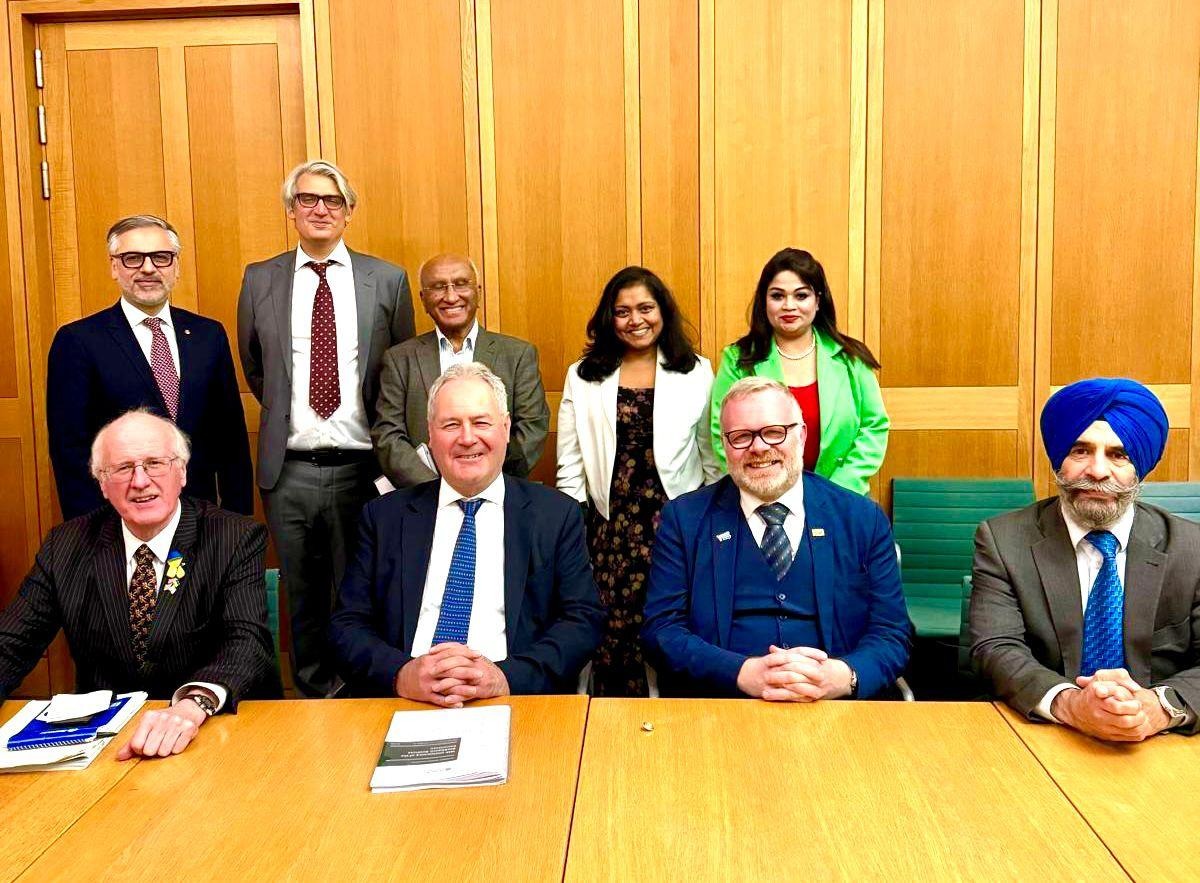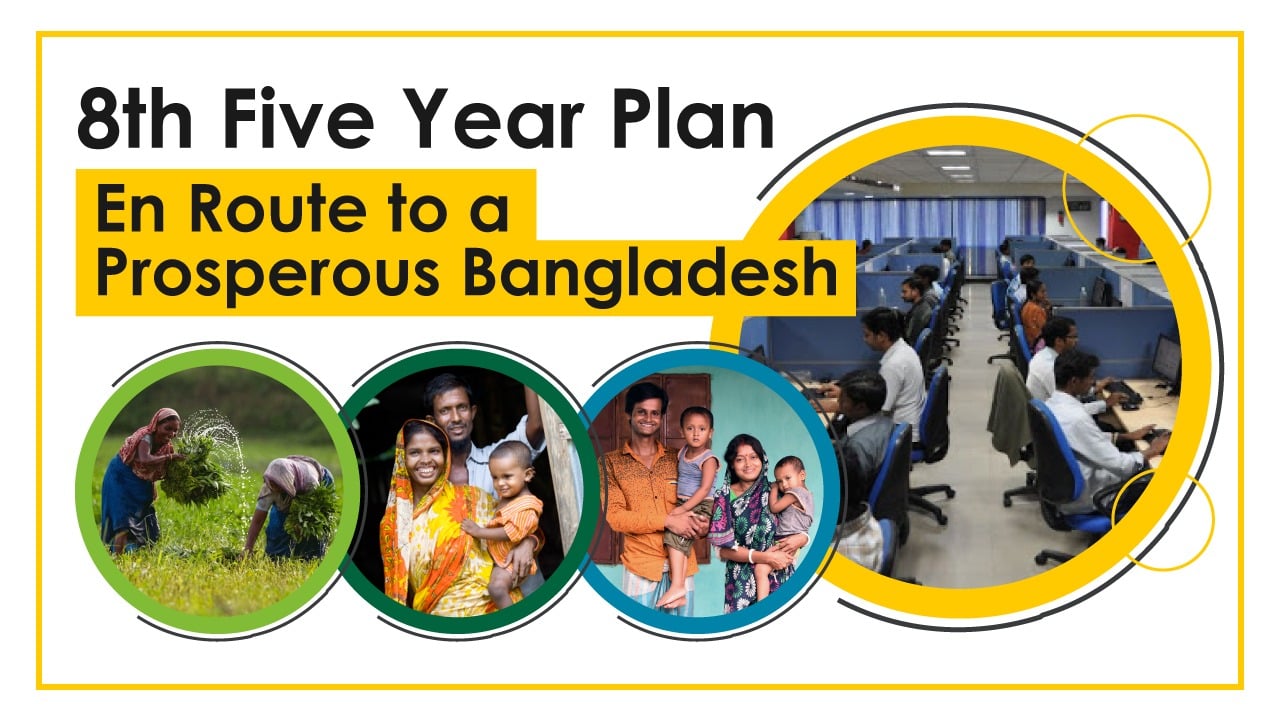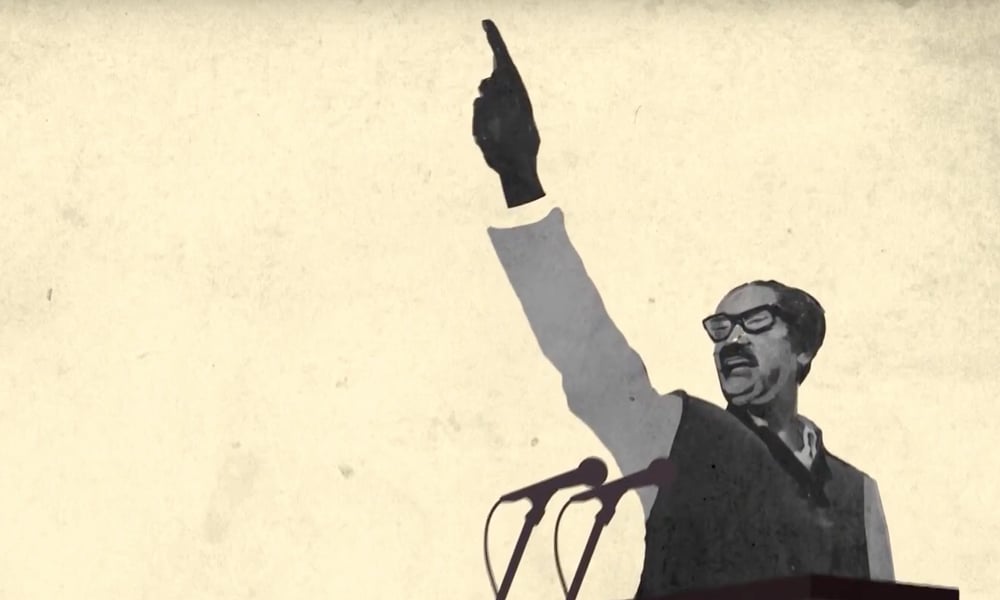2943
Published on April 12, 2017Saleque Sufi: A certain section of political leadership whose politics always thrive on anti-Indian sentiment are very active now in print, electronic and social media stating that Bangladesh has been sold cheaply to India by PM Hasina in her visit to India.
While reviewing details of 36 agreements, MOUs and protocols concluded between two friendly neighbours we, in our intellectual competence, found nothing which goes against the interest of Bangladesh or India. These were discussed over a long time at different levels and deal with energy, education, science and technology, defence collaboration, training and capacity building, project development support, civilian use of nuclear power, trade, commerce and investment, communication. The agreements were concluded in good faith and in recognition and respect of sovereign equality. We are sure; Sheikh Hasina on her return will explain every agreement and MOU in a press meet and in parliament.
We also do not understand how a country earning its independence through supreme sacrifice of 3 million people and pains of innumerable women can be traded cheaply. Bangladesh and India are trusted friends and friends in need. Both the country shares common history, culture and rich tradition. The relation crystallised through the bond of blood during the historic liberation war of Bangladesh in 1971. There had been many issues between two neighbours. Many of these are already resolved, some are in the process of getting resolved. Being largest democracy and the next door neighbour of Bangladesh, India needs a very stable, peaceful and economically developed Bangladesh.
The most talked-about issue is defence deals. Bangladesh is surrounded by India on almost three sides West North and East except a small border with Myanmar in the south-east. Bangladesh can never even dream of military confrontation with India. Myanmar will never in a position to attack Bangladesh. Still, we have a reasonable strong armed force well trained and well equipped to defend our territory. A country of 160 million patriotic people cannot be won over, bought or sold so easy. Now let us discuss the MOUs about defence cooperation in little details.
We find that in 6 different areas of defence cooperation were discussed and reflected in the MOUs. There are
Line of Credit for procuring military hardware: $500 million line of credit will be accessible to Bangladesh. Utilising this Bangladesh can buy any required military hardware from India. Bangladesh buys military hardware from Russia, China, Italy. In 1971 almost all arms and ammunition were provided by India to our armed forces formed in India with the generous assistance from India. There is nothing wrong in buying sophisticated weapons from India now.
Military cooperation: Following international norms, laws and strategies in each country and in accordance with scope and extent of armed forces India and Bangladesh would cooperate under this as and when needed.
Initiative for joint exercise, training and exchange:
1 Through mutual discussion India and Bangladesh would send armed personnel in each other’s facilities for training.
2: Two country would plan training for their armed forces personnel, exchange experts, trainers and training curriculum.
3. Assistance for storage of sophisticated weapons if and when required.
4 Ensuring medical treatment for members of armed forces and their families, arranging sports and recreation facilities and arrange training for capacity building in disaster management.
5: Arrange to resolve any issues that may arise between armed forces of two countries through discussion. There would be regular annual meetings among armed forces of two countries.
6: Arrange movement of the ocean and air crafts upon discussions and agreement.
7 Arrange joint exercise of naval forces in the maritime territory through discussion.
Most of the above are already in practice and are nothing new. Such activities are in practice among many neighbouring countries in other regions of the world.
Collaboration in military hardware and software industry (Joint Venture): This was agreed to provide mutual assistance to each other in the military industry. This will cover exchanging experience, technology, and expertise in space technology and maritime installation development. These will be implemented in the light of laws, regulations and strategy of each country and upon discussion with the relevant authority.
Collaboration in military research: Bangladesh and India can cooperate each other in military technology research. The Engineers and experts will visit and participate in training in each other countries installations and institutes.
High-Level Collaboration: Annual meeting would be arranged at Principal Staff Officer level. Secretary defence of both countries would also meet to discuss issues
On close scrutiny of each component of the above defence sector collaboration MOUs, it appears of no concern that can create any confusion. It is more like linkages between two academic institutions and universities that exists. Bangladesh has no reason for inferiority complexes. Both countries agreed not letting use their respective territory for carrying out subversive activities and insurgency in other countries. In other words, they will cooperate each other in dealing with terrorism which is now a global nuisance.
Beyond this, all other agreements and MOUs will only widen efforts of India and Bangladesh in achieving long-term energy security for sustainable economic development. These will widen trade and commerce, increase peoples to people contact through vastly improving communication facilities. India announced US$4.5 billion soft term loan for project support in energy & power infrastructure. India also agreed to cooperate with Bangladesh in building the capacity of Bangladeshis in operating and managing nuclear power plants.
The formal inauguration of direct railway and road linkage between Khulna and Kolkata and commencement of goods train movement will benefit both countries. Import of diesel from India through railway now and through pipeline later will add to energy security.
Respecting The Freedom Fighters:
Showing deep respect for the freedom fighters of Bangladesh Indian government has announced for providing 5 years’ multiple entry visa to them, arranging free medical treatment for 100 freedom fighters each year, providing 10,000 scholarships for children and dependents of freedom fighters. India will also support Bangladesh initiative for declaring March 25 as international genocide day.
Having said all of the above, the failure of not concluding Teesta River sharing agreement is a setback. However, Indian Prime Minister in presence of Chief Minister of West Bengal reaffirmed his commitment for early resolution and conclusion within the current tenure of the present government of Bangladesh. The summit also discussed sharing of water of seven other common rivers.
We hope the responsible political leadership will respect their own sovereign reality through not indulging in silly talks of buying and selling Bangladesh.
---
The writer is an expert in energy sector infrastructure development, planning, construction management and operation in Central and South Asia and Australia. He has served as an adviser to the petroleum ministry of Afghanistan.














